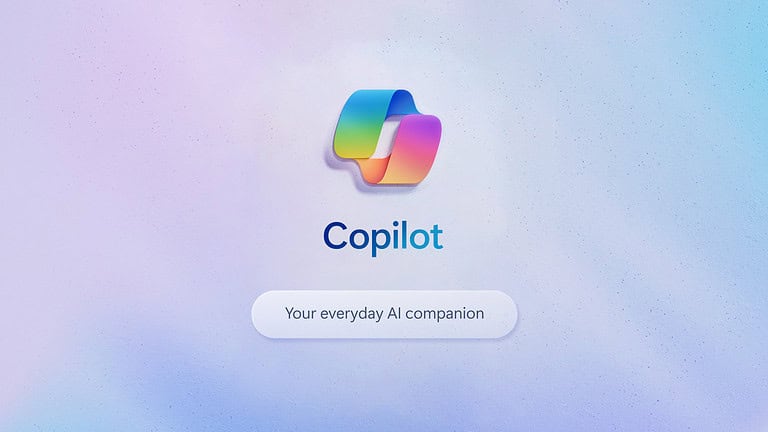
Managing knowledge effectively is crucial for any organization. Knowledge management is about collecting, organizing, and sharing information within a company, making it easier for employees to access and use valuable insights. This helps businesses save time and increase productivity.
When information is well-organized, employees can complete tasks more efficiently. This process involves creating a system that captures experience, skills, and knowledge, keeping them available for anyone who needs them. Sharing knowledge helps in making better decisions.
Different methods can be used to manage knowledge, such as databases, collaboration tools, and training programs. Implementing these can lead to a more knowledgeable and capable workforce. Employees can work smarter, not harder, resulting in better overall performance.
Key Takeaways
- Knowledge management saves time and boosts productivity.
- Sharing knowledge leads to better decision-making.
- Various tools and methods enhance organizational knowledge.
Foundations of Knowledge Management
Knowledge management (KM) is the process of capturing, organizing, and utilizing knowledge to improve organizational efficiency and decision-making.
Concepts and Definitions
Knowledge management involves various concepts that help in understanding and utilizing knowledge within an organization. Tacit knowledge is personal and context-specific, often difficult to formalize or communicate. It includes skills, experiences, and intuitions that individuals possess. Explicit knowledge is easier to document and share, such as written manuals, databases, and procedures. Implicit knowledge falls between tacit and explicit knowledge. It involves the practical application of explicit knowledge in different contexts.
KM also extends to how knowledge is created, stored, and retrieved. This includes systems and practices that enable seamless knowledge flow within an organization. Effective KM enhances decision-making, fosters innovation, and improves productivity by ensuring that valuable knowledge is accessible when needed.
Types and Forms of Knowledge
Knowledge can be classified into three main types: tacit, explicit, and implicit knowledge.
- Tacit Knowledge: Personal and unspoken, it includes insights, intuitions, and hunches. It often resides in people’s minds and is hard to document. Sharing tacit knowledge typically requires direct interaction or mentoring.
- Explicit Knowledge: Structured and easy to communicate, it includes documents, databases, and formally written materials. This type of knowledge is easy to store, share, and transfer within an organization.
- Implicit Knowledge: Practical application of explicit knowledge. While it is operational and actionable, it is not always directly stated or documented. Recognizing the implicit ways knowledge is used in workflows can optimize processes and decision-making.
Understanding these types helps organizations design strategies to manage and leverage knowledge effectively, ensuring that both employee expertise and documented information contribute to organizational goals.
Implementing Knowledge Management in Organizations
Effective knowledge management involves using systems and technologies, fostering a supportive culture and leadership, utilizing efficient processes and practices, and addressing challenges with strategic solutions.
Knowledge Management Systems and Technologies
Knowledge management systems (KMS) blend technology with organizational processes to store and share information. Intranets, wikis, and knowledge bases serve as main repositories. Content management systems help in organizing and retrieving data efficiently.
Implementation of AI tools can improve information discovery and knowledge creation. By integrating data analytics, organizations can gain insights and make better decisions. Collaboration tools like forums and blogs foster interaction and knowledge sharing among employees.
Organizational Culture and Leadership
A supportive organizational culture promotes consistent knowledge sharing. Leadership plays a crucial role, encouraging team members to collaborate and share intellectual capital. Leaders must model behaviors that reflect the value of continuous learning and knowledge dissemination.
Regular training and onboarding can help staff understand the importance of knowledge management. Establishing communities of practice and providing platforms for discussion can further embed this culture. Effective communication channels ensure that valuable ideas flow freely across the organization.
Processes and Practices
Implementing best practices and structured processes ensures smooth knowledge transfer. Organizations should codify knowledge through documentation, making it accessible to all employees. Developing a strategy for knowledge capture during projects helps preserve important information.
Regular reviews of knowledge assets ensure that the information remains current. Practices such as peer reviews and lessons learned sessions help in constant improvement. Self-service options like FAQs and tutorials empower employees by reducing dependency on experts for common issues.
Challenges and Solutions
Organizations often face challenges like resistance to change and information overload. Leaders must address these by promoting a knowledge-sharing culture and providing clear benefits for participation. Implementing user-friendly systems can decrease resistance.
Security concerns regarding sensitive information must also be managed. Establishing clear policies about data handling and integrating secure technologies can mitigate these risks. Regular feedback from employees helps refine processes, thus improving efficiency and satisfaction in knowledge management initiatives.
Frequently Asked Questions
Knowledge management involves collecting, organizing, sharing, and managing information within an organization. This section addresses common queries about its implementation and benefits in various environments.
What are the essential components of a knowledge management system?
A knowledge management system needs several key elements. These include a central repository for storing information, search functionality to find data quickly, and tools for collaboration and sharing. User access controls and update mechanisms are also important.
How can knowledge management systems be used to improve organizational performance?
Knowledge management systems help streamline workflows by providing quick access to information. This reduces time spent searching for data. They improve communication and knowledge sharing among employees, which can lead to better decision-making and innovation.
Which processes are critical in the implementation of knowledge management in an organization?
Critical processes include identifying key knowledge assets, setting up a structure for storing and sharing information, and training employees to use the system. Regular updates and maintenance of the knowledge base ensure that the information remains relevant and useful.
In what ways do knowledge management practices differ across industries?
Different industries require tailored knowledge management approaches. For example, healthcare focuses on patient data and compliance, while tech companies emphasize rapid information sharing for innovation. Each sector has its unique requirements that shape its knowledge management practices.
What are the benefits of obtaining a knowledge management certification for professionals?
Certification in knowledge management proves a professional’s expertise in the field. It can lead to better job opportunities, higher salaries, and recognition within an organization. Certified professionals are also better equipped to implement and manage effective knowledge management systems.
How do authors differ in their definitions and approaches to knowledge management?
Authors may define knowledge management based on their experiences and industry focus. Some emphasize the technological aspect, while others focus on the human and process elements. Despite differences, the goal remains to improve access to and use of information within an organization.


